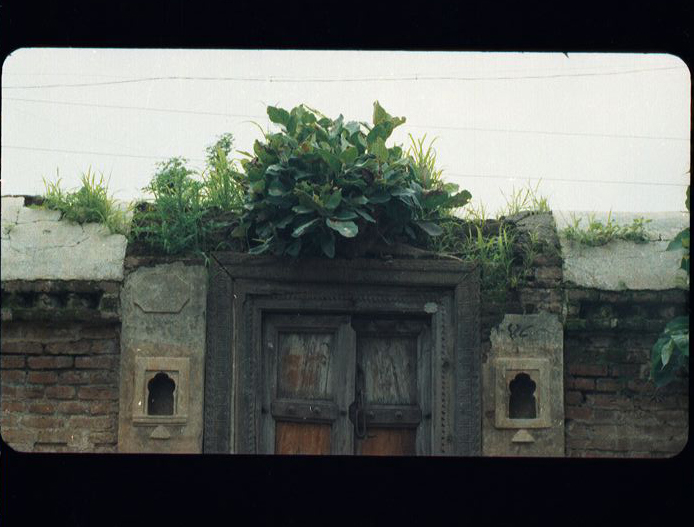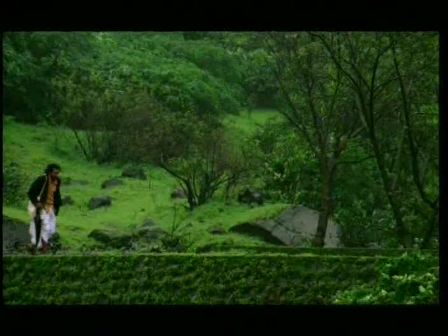Written for the FIPRESCI web site in Spring 2007. — J.R.
Now that 35-millimeter appears to be a format whose pleasures are being overlooked or forgotten, especially in the realm of short films, the sensual pleasures of Amit Dutta’s 22-minute To Be Continued (Kramasha) seem all the more precious. A good many of these have a lot to do with camera movements (tracks and pans and cranes, which include not only Resnais-like explorations of architectural ruins and ancient statuary, but also, at one strange juncture, semicircular, pendulum-like oscillations around portions of a tree, on the edges of which many people are seated); multilayered deep-focus compositions reflecting diverse aspects of the same ruins (with door frames and window frames often serving as lenses, and eccentric overhead angles often predominating); vibrant colors; and a musical feel for editing.
It must be admitted that this surfeit of delights poses certain narrative problems for some spectators. On a first viewing, one has the impression that some of the narrative premises keep shifting and developing so rapidly that one often feels stranded. But the principal reason for this is that the viewer’s imagination is constantly being solicited to add details to the onscreen images: when one hears sounds (thunder and rain, a purring cat) that don’t correspond to what one sees, yet another layer to the complex mix is added.
A second viewing of the film reveals the overall clarity of the narration as well as the clarity of the sound effects and images –- as well as the recognition that these factors never reinforce one another simply, but usually provide other options to our imaginations. Perched very high above a courtyard, we see a man firing a rifle at birds, glimpse a camel being led in and out of the cloistered space, and the jump cuts only intensify the fast jumble of curious details into a Paradjanov-like mosaic. And the fact that the narration isn’t so much explaining as providing additional details adds to the overall effect of productive oversaturation.
Camera movements, compositions in depth, colors, editing, changes in focus: these are important parts of Dutta’s technical arsenal, marshaled together to yield a highly suggestive synthesis of documentary and fiction in which the main preoccupation is a myth of origins. A male narrator assures us that “I am no scholar, but I know that once the village was shaped like a fish” and was consequently attacked by crows, so that the shape was altered to that of a lion (occasioning a brief stretch of illustrative animation). From there he proceeds into speculations and versions of how his parents met and the sources of other factors in his identity and surroundings. (The film’s title clearly alludes not only to a serial-like construction, but also to a continuity of successive generations.)
One key line offers the closest that the film ever comes to an explanation of its own interactive methodology: “Father once told me about all this in detail. In my conscious state, I find all these tales nonsensical. Only in my dreams are their meanings truly understood.”
The way that documentary merges with fiction in this setup is what seems most Resnais-like about the drifting tracking shots and pans, which impose mysterious narratives on documentary investigations of locations, locations that are imbued with a sense of an inaccessible past. During the portion of the narration just quoted, the camera slowly pans up the ruins of a building, past blind, empty window frames suggesting portals into diverse memories or fancies, until it arrives at the figure of a man, the narrator’s father, sleeping -– and presumably dreaming – on an elevated terrace. The confusion about whether it’s the narrator or the father who’s dreaming ultimately yields the recognition that all stories about the past are dreams of one kind or another, requiring our own predilections and personalities -– that is to say, our own mise en scene and imagination -– in order to gain coherence.



